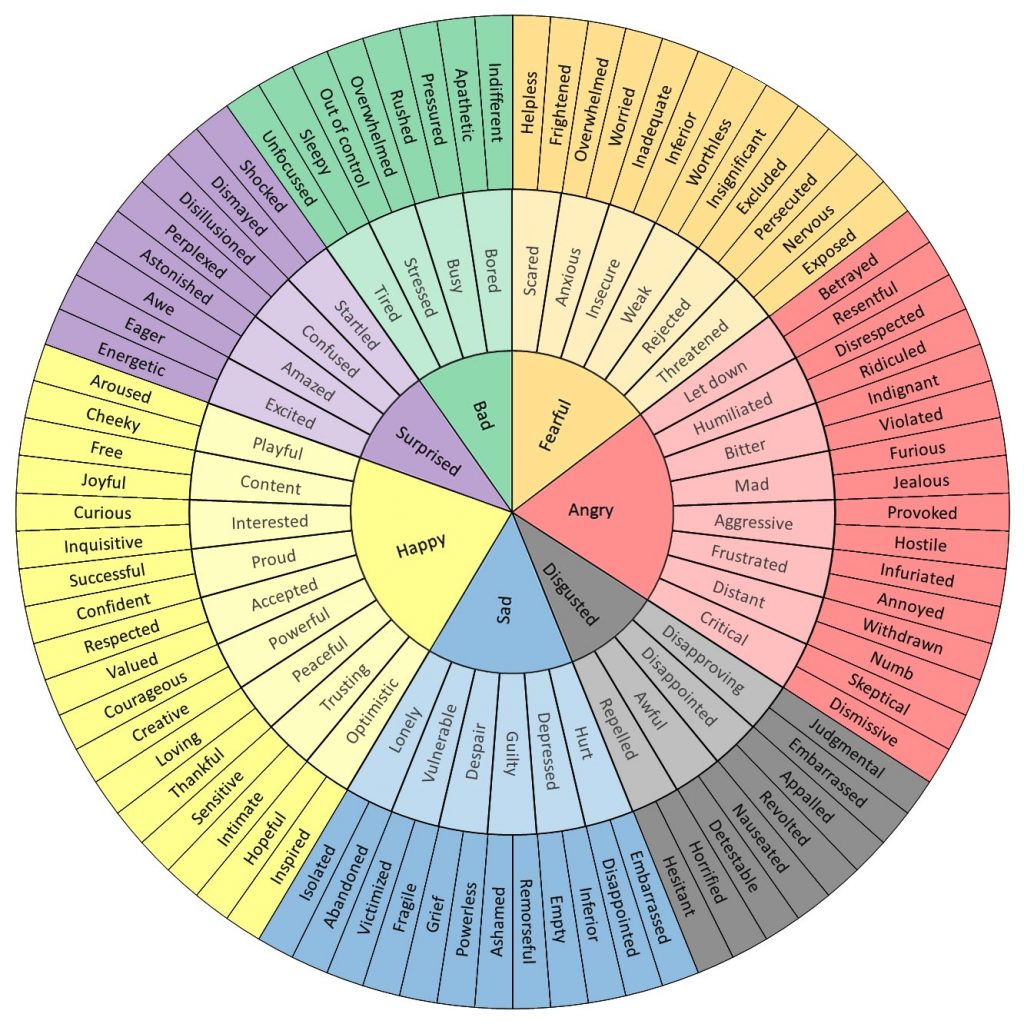What Social And Emotional Learning Really Is, The Reality Of SEL
When educators talk about social and emotional learning in school, they aren’t talking about skills that teachers necessarily teach. They don’t have a lesson plan called Social and Emotional Learning. You can almost say that social and emotional learning is more of a feeling they work into everything they teach.
When educators talk about social and emotional learning in school, they aren’t talking about skills that teachers necessarily teach. They don’t have a lesson plan called Social and Emotional Learning. You can almost say that social and emotional learning is more of a feeling they work into everything they teach.
WHAT IS SOCIAL AND EMOTIONAL LEARNING?
Social and Emotional Learning (SEL) was introduced over 25 years ago by the Collaborative for Academic, Social, and Emotional Learning (CASEL). According to CASEL, they define SEL as “an integral part of education and human development. SEL is the process through which all young people and adults acquire and apply the knowledge, skills, and attitudes to develop healthy identities, manage emotions and achieve personal and collective goals, feel and show empathy for others, establish and maintain supportive relationships, and make responsible and caring decisions.”
This definition goes back to the beginning where we said that these skills are not taught. They are more like competencies that are more like habits and mindsets that find themselves falling under the social and emotional learning umbrella. School districts may look at these varied competencies and decide which to use and how to implement them based on student needs.
THE FIVE SEL AREAS
According to CASEL, there are five core social and emotional learning competencies. These five are the starting point on which school districts begin to focus on when bringing social and emotional learning into classrooms. They are:
Self-Awareness – With this competency, one has the ability to understand their emotions as well as thoughts and values and just how these things influence behavior. With good self-awareness, one can identify strengths and also weaknesses or limitations and can do so with a sense of purpose and confidence on both sides. Being aware of one’s weaknesses is actually a true strength.
Being self-aware means identifying emotions. Having an accurate perception of oneself is also key. Understanding your strength helps you better understand who you are. One thing that may help students begin to get this competency is what’s called a “Feelings Wheel.”

It is a simple setup and is intended to help students deal with emotions. You start off by asking a student how they are feeling. Identify it on the wheel, then move out one ring. Identify another emotion and move to the last ring to accurately identify all emotions. The student will then be able to do something to handle their emotions in a safe and productive way.
Self-Management – Instead of being aware of one’s emotions, this competency is where you manage said emotions. You also have the ability to manage thoughts and behaviors as well in order to deal with different situations so goals and aspirations can be achieved. Certain self-management skills would be impulse control, stress management, self-discipline, and self-motivation.
One strategy in using self-management is called “self-talk.” This is where one practices the art of talking to oneself either out loud or internally. The goal is to stay away from negative self-talk and focus on the positive. This typically triggers problem-solving and puts us in a much better frame of mind. A positive look at a problem goes a long way in reminding us that mistakes are a part of life, but they don’t have to be a negative part of life.
Social Awareness – This social and emotional learning competency goes from the individual to those surrounding them. The people in their lives. Developing a social awareness skill means you have the ability to understand different perspectives. You also have the ability to empathize with others, especially those who may come from different backgrounds and different cultures.
One strategy that enhances social awareness is called the Listening Circle. The purpose of the Listening Circle is to develop empathy by providing opportunities to hear and see different perspectives. The Listening Circle is a safe place where students can share without being judged.
Relationship Skills – Building relationship skills is key in social and emotional learning. How one handles relationships in a healthy and productive manner is a needed skill to acquire when dealing with diverse peers. Clear communication, active listening, cooperation, and working together are all part of developing relationship skills.
One strategy that can help build relationship skills is called Count Me Down. It is basically listing ways students are similar and different from one another. An example might look like this: name 3 fun things about your family; name 2 things you find challenging; and name 1 dream.
Responsible Decision-Making – When considering decision-making in terms of social and emotional learning, these are decisions and choices about one’s personal behavior. These are decisions that include how one interacts socially in diverse situations. Responsible decision-making has you considering your ethics and just how a decision will either benefit or have consequences.
IS SEL EFFECTIVE?
There have been a number of studies done on the effects of social and emotional learning techniques. Not only have some returned positive results in some areas, but they show that building these skills has helped students improve their mental and physical health along with relationships with their families. Research has shown that building these skills has drastically reduced student problem behaviors, which led to the reduction of disciplinary actions required.
HOW DO YOU TEACH SOCIAL AND EMOTIONAL LEARNING?
Again, social and emotional learning is not a one-stop-shop. There aren’t specific lesson plans involved but more like concepts. And the earlier these concepts can be introduced, the better it will be for the student as they traverse through school.
Some steps that educators employ begin with a teacher explaining a specific SEL concept. They usually do this with the introduction of pictures or video and sometimes even written text. Students begin to understand the concept through skill practice and discussion. The teacher will then reinforce the concept as the week progresses. To support the concept even further, a teacher may assign homework that involves the concept and where students work with family members. Finally, a teacher will check with students to gauge their understanding of the concept. If necessary, re-teaching may be required for specific points.
THE BENEFITS OF SEL TEACHING
The benefits of social and emotional learning are many. In schools, allowing for students to thrive in a safe environment is imperative to their growth not only as students but as human beings. Trusting their emotions, learning responsible decision making, and everything else that entails SEL allows students to become the best students they can be.
Social and emotional learning also is important within the family. It can build an even stronger family relationship which forges even stronger bonds between parents and children. A solid family foundation leads to success.
Taking this social and emotional learning into one’s community could be another important benefit of SEL. Being able to communicate positively with people from diverse backgrounds and understanding other perspectives creates a positive community. In theory this positivity strengthens relationships with those who are not in our immediate family.
OPPOSITION TO SEL
Despite claims to the contrary, it seems like social and emotional learning is actually a teaching. But as education and learning continue to evolve, creating an atmosphere that allows students to develop their emotional skills is becoming more and more the focus over.
What’s not clear and is the subject of opposition for parents, is how doing this affects children academically. Critics say that devoting more time to working on things like SEL only takes away from time that could be spent teaching math or other core subjects. Additionally, activists in opposition to social and emotional learning techniques claim that SEL is being used to push kids towards controversial gender and race ideology. Those claims are, of course, strongly disputed by most educators.



